Fluid-Powered Multi-Axis Robotic Arm
Fluid-Powered Multi-Axis Robotic Arm 🤖💧 – A student project that uses syringes and hydraulic pressure to control robotic arm movements across multiple axes, demonstrating real-world engineering concepts. ⚙️🔧
5 in stock
Fluid-Powered Multi-Axis Robotic Arm
Complete Description
The Fluid-Powered Multi-Axis Robotic Arm is a fascinating student project that demonstrates the application of hydraulic principles in robotics. Instead of motors and electronics, this model uses syringe-based hydraulics with saline tubes to control the movement of the robotic arm across multiple axes.
The structure of the robotic arm is built using foam board or sun board, which makes it lightweight, easy to shape, and sturdy enough to support different movements. The 10ml and 3ml syringes, connected through saline tubes, act as hydraulic actuators. By pushing or pulling the syringes, fluid pressure is transferred through the tubes, causing the robotic arm’s joints to move in different directions.
The arm’s multi-axis capability allows it to perform movements like lifting, rotating, and gripping, similar to industrial robotic arms. Nuts and bolts are used to provide strong joints and pivot points for stability.
This project is ideal for demonstrating the concepts of hydraulics, mechanical engineering, and automation in a simple yet powerful way. It also helps students understand how hydraulic systems are used in real-world applications like construction machinery, aircraft controls, and robotic automation.
Materials Used
- Foam board or Sun board (structure)
- Saline tubes
- 10ml syringes
- 3ml syringes
- Nuts & bolts
| Weight | 1.45 kg |
|---|---|
| Dimensions | 49 × 39 × 14 cm |
You must be logged in to post a review.
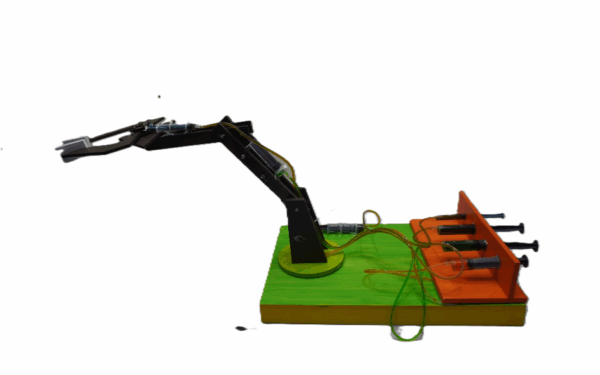
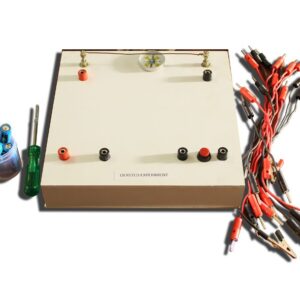
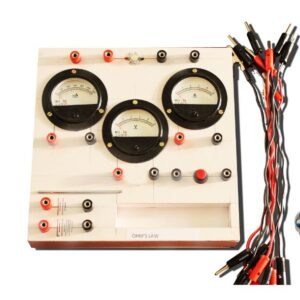
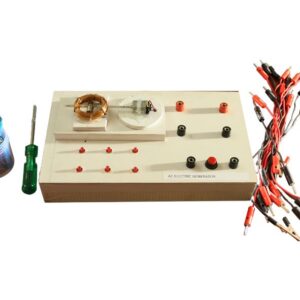
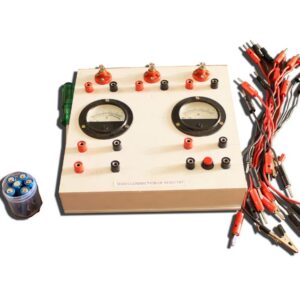
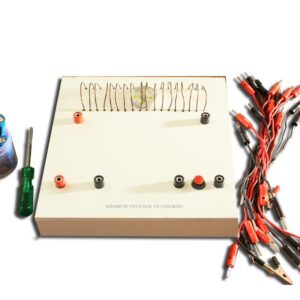
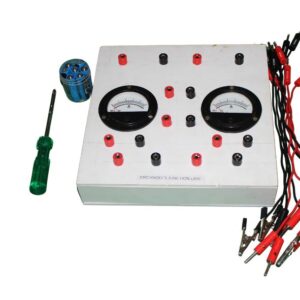
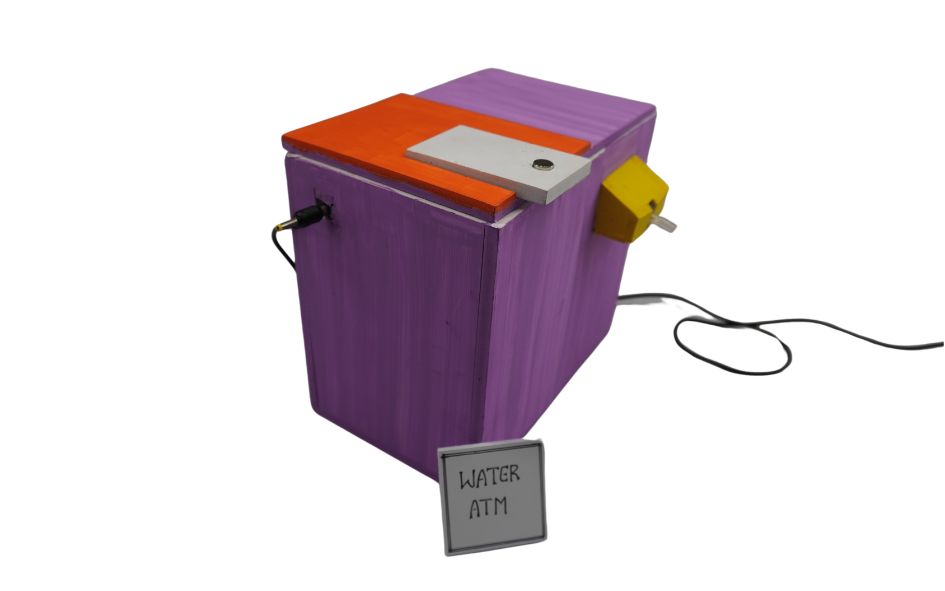
Reviews
There are no reviews yet